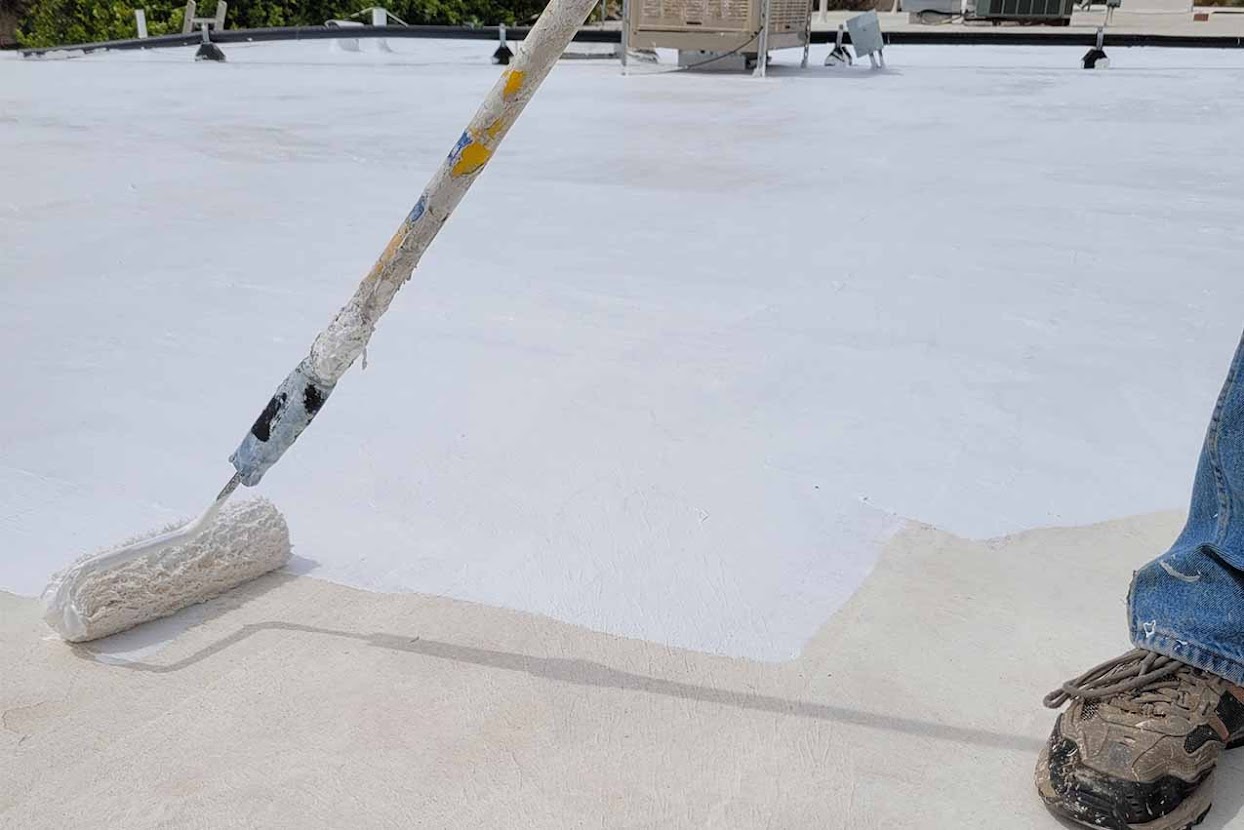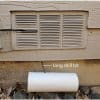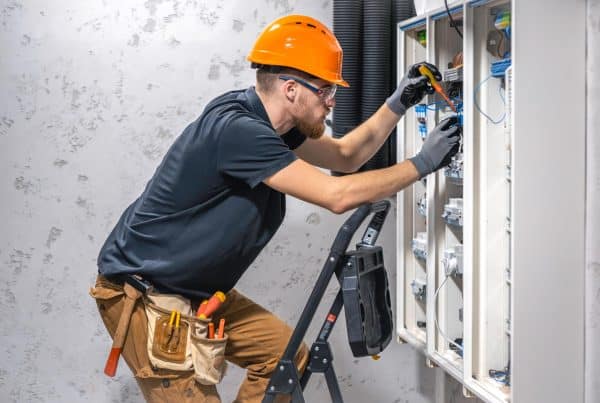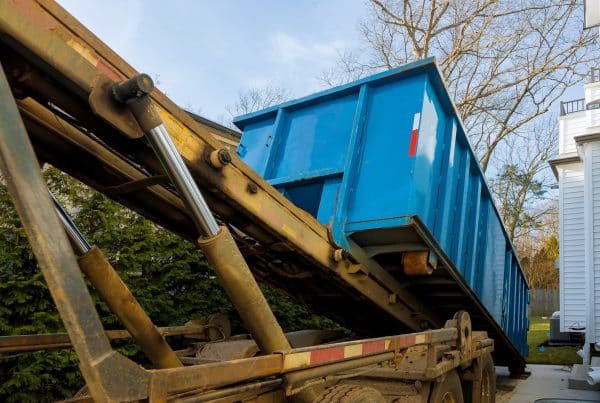Flat roofs are a popular choice for both residential and commercial buildings due to their sleek design and economic benefits. However, these roofs are prone to specific challenges, such as water pooling and leaks, which can lead to significant damage if not addressed promptly. That’s where a reliable sealant for flat roofs becomes crucial. In this article, we will explore the importance of sealants for flat roofs and discuss some of the best options available to ensure long-lasting protection.
The Importance of Sealants for Flat Roofs
Flat roofs are uniquely vulnerable to water infiltration due to their low slope, which hinders water drainage. The absence of natural drainage means that water can accumulate on the roof’s surface, leading to ponding and, eventually, leaks. This makes the application of an effective sealant imperative to prevent water damage and extend the lifespan of the roof.
A quality sealant acts as a barrier against moisture, preventing it from seeping into the roof’s underlying structure. It also helps protect against UV radiation, extreme temperatures, and other environmental factors that can degrade the roof’s surface. Furthermore, a well-sealed flat roof provides better insulation, reducing energy costs associated with heating and cooling.
Choosing the Best Sealant
When it comes to finding the best flat roofers and sealants, it’s important to consider products that offer reliable performance and durability. Here are some of the top sealants available on the market that meet these criteria:
Silicone-based Sealants: Silicone sealants offer excellent durability and flexibility, making them ideal for flat roofs. They are resistant to UV radiation and extreme weather conditions, ensuring long-term protection. Silicone sealants are easy to apply and adhere well to various roofing materials, including modified bitumen, EPDM, and metal. They are also known for their high elasticity, allowing for natural expansion and contraction of the roof without cracking or peeling.
Acrylic-based Sealants: Acrylic sealants are another popular choice for flat roofs. They are cost-effective, easy to apply, and provide good resistance against moisture and UV rays. While they may not be as durable as silicone sealants, acrylic sealants offer sufficient protection for moderate climates and are compatible with a wide range of roofing materials.
Polyurethane-based Sealants: Polyurethane sealants are known for their exceptional adhesive properties and flexibility. They provide excellent resistance to weathering, including UV radiation and temperature extremes. Polyurethane sealants can bond well with different types of roofing materials and exhibit high tensile strength, making them an excellent choice for areas prone to heavy foot traffic.
Bitumen-based Sealants: Bitumen sealants, also known as asphalt sealants, have been used for decades in flat roof applications. They offer good waterproofing properties and are highly compatible with bitumen-based roofing systems. Bitumen sealants come in various forms, such as trowel-grade or self-leveling compounds, allowing for easy application and repair.
Application and Maintenance
Applying a sealant to a flat roof requires careful preparation and attention to detail. If you are not confident in your ability to apply the sealant yourself, it’s advisable to hire the services of the best flat roofers in your area. Here are some general guidelines for proper application:
Clean the Surface: Thoroughly clean the roof’s surface, removing any dirt, debris, or loose materials. This ensures proper adhesion of the sealant.
Repair Cracks and Leaks: Address any existing cracks, gaps, or leaks before applying the sealant. Use a suitable patching compound or roofing cement to seal these areas effectively.
Apply the Sealant: Follow the manufacturer’s instructions regarding the application method and recommended coverage rate. Use a brush, roller, or sprayer to evenly distribute the sealant, ensuring that all vulnerable areas, such as seams, flashing, and transitions, are adequately coated. Pay close attention to any low spots or areas prone to water pooling.
Allow Sufficient Drying Time: Give the sealant enough time to cure and dry before exposing it to heavy rain or foot traffic. Follow the manufacturer’s recommendations for the specific drying time.
Regular Maintenance: Flat roofs require regular inspection and maintenance to ensure their longevity. Check for any signs of damage or wear on the sealant, and make timely repairs as needed. Regularly remove debris, such as leaves and branches, to prevent water accumulation and potential damage to the sealant.
Summary
A high-quality sealant is an essential component of protecting flat roofs from water damage and prolonging their lifespan. When choosing a sealant, consider factors such as durability, flexibility, ease of application, compatibility, and cost-effectiveness. Silicone-based, acrylic-based, polyurethane-based, and bitumen-based sealants are among the top choices for flat roofs, each offering specific advantages based on the roofing system and climate conditions.
Remember that proper application and regular maintenance are crucial for ensuring the sealant’s effectiveness. Clean the roof’s surface, repair any existing damage, apply the sealant evenly, and allow sufficient drying time. Regularly inspect the roof and perform necessary maintenance to address any signs of wear or damage.








